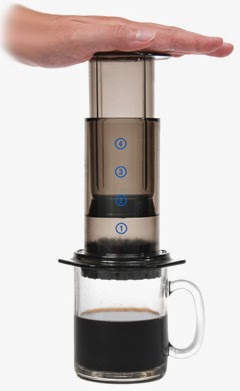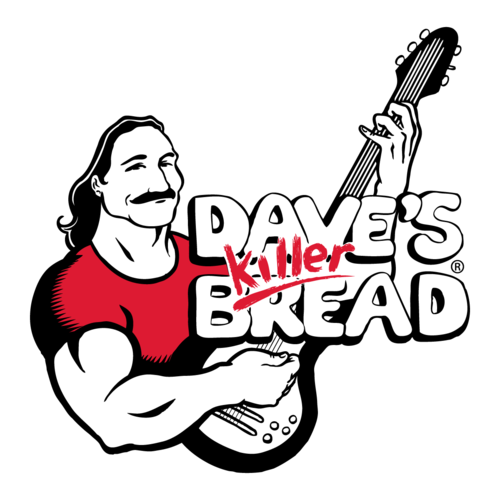San Francisco is known for their Dungeness crabs and
it was there that I first had one. What
I loved was the amount of crab meat from both the legs and body. It didn’t seem as salty as snow crab or
Alaskan king crab and enjoyed the taste even more than lobster. Would you
believe that back around 1990, I was able to find a small fish market on
College Point Blvd with a price of $2.99 per pound? Fuhgettaboutit!
There is much more versatility with crabs then other
shellfish. Steam them, boil them, fry a
soft shell, or prepare crab cakes. Use
them for chowders, soups, and casseroles.
With all of the varieties on the market it is
difficult to know just what to get and how they might differ in taste or
texture. Can you get a whole crab or
just the legs or claws? How about just
getting a can of crab meat? Except for
“live crabs” are the frozen ones already cooked? Crabs are best purchased at a fish market
such as Crossbay Sea Shell Fish Market in Howard Beach. You may get better answers on both how long
the products have been on the ice or the freezer as well as personal
service.
Let’s look at some info beginning with Blue Crabs,
found in the Atlantic Ocean and sold live, cooked whole, frozen or picked meat
in a container. You see them as either
claw meat or lump. Sometimes you can get
the claws themselves. Restaurants tend
to use the lump crab meat to make crab cakes.
Claw meat is less expensive and sweeter.
Both are great for cocktails. When sold in containers it is
pasteurized. Once opened the
refrigeration shelf life is 4-7 days.
Soft-shell crabs are blue crabs that have
molted. In other words, they shed their
old shell and begin forming a new one which only occurs for a few days before
the hard shell starts to come in. This
delicacy is eaten whole and can be most delicious if cooked properly. There is minimal cleaning which your local
fish market vs. a supermarket can do, if you choose. Keep in mind that they are alive in the fish
market and NOT after they are cleaned.
One idea is to simply dredge the crab in flour and
seasoning (if you want) . I used butter rather than olive oil making sure that
the pan was very hot. Saute about 5
minutes on each side. That’s it. A pinch of salt was just enough. You may want
to squeeze some lemon juice. I found the
shell to be quite “chewable” and not as if I accidentally left a shell of a
crustacean such as shrimp.
Jonah Crabs are the Atlantic’s substitute for
Dungeness, although they do not look alike. They are found off the coast from
Maine to North Carolina and are sold in clusters, as legs or claws only.
Alaskan King Crabs are the largest in size. Most
likely you have never seen the whole crab as it is usually sold cooked and
frozen in legs and claws. Even if you
were to buy one, you would not be picking meat from the body. The meat is known for being moist and
sweet. Excessive saltiness is a sign
that the cooked crab wasn’t chilled properly prior to brine freezing. The
average crab harvested weighs about six pounds and can grow much larger. Due to
its delicate flesh it deteriorates
quickly. If you purchase it frozen, keep it frozen until ready to cook.
Snow Crabs come from both Atlantic and Pacific
coasts in the United States. They are
typically sold frozen in clusters of legs to include some attached meat from
the body. These are the most common
crabs found in restaurants that are featuring crab.
Stone Crabs, found along the Atlantic Coast are
known for their claws as that is the only part that is eaten. Crabbers will
remove one claw and return the crab to water as these crustaceans regenerate a
new claw. Claws tend to be sweet and
succulent.
Fish markets and restaurants tend to purchase crab
legs in frozen form. Once they have thawed out, they need to be eaten within
two days. Take note that they cannot be refrozen. Get the frozen legs home and to your freezer
asap unless you are preparing to eat them that day. Keep in mind that they are already cooked,
especially if you are preparing a cocktail appetizer, for instance.
Live crabs need to be kept alive until you’re ready
to cook them unless the fish market cleans them for you. Otherwise, place them in a pan of water, cover
them with a wet cloth and place in the coldest section of your refrigerator where
they’ll keep for up to two days. If you
want to freeze a whole crab, cook it first. Once cooked, drop into ice water, quickly
dry and place in a freezer bag, first removing the air.
If you have leftover crabmeat, remove it from the
shell and store it in the fridge for up to two days or stored in the freezer in
plastic bags from which the air has been removed. The crabmeat will keep in the
freezer for up to four months.
FYI…there are no carbs in crabs.










